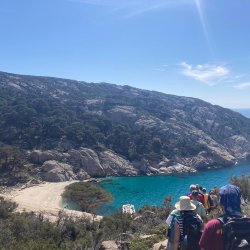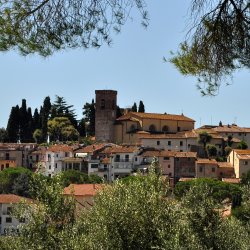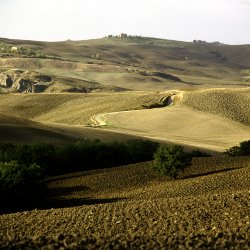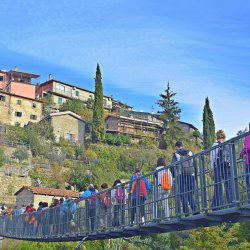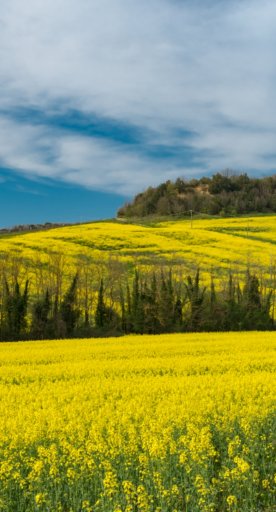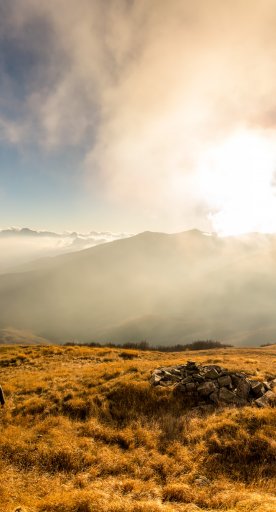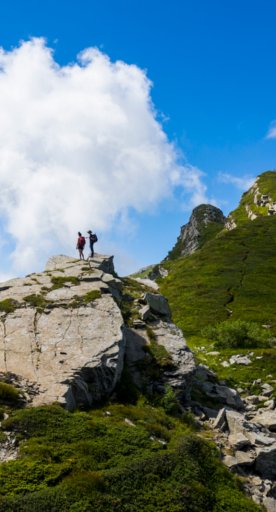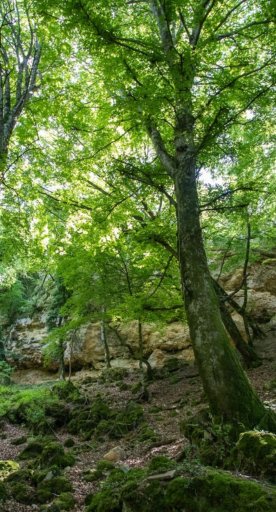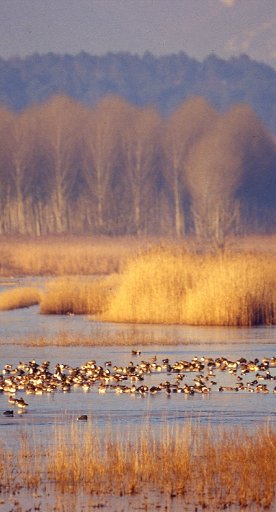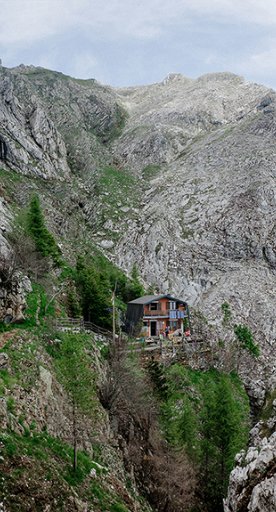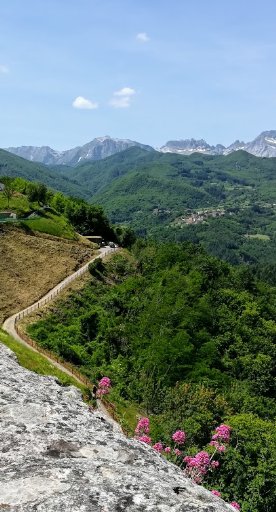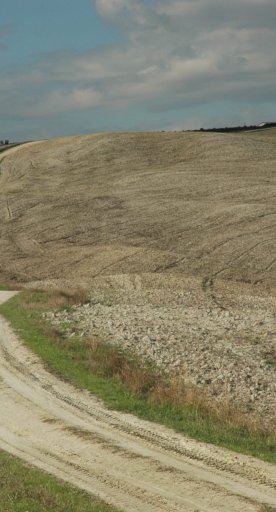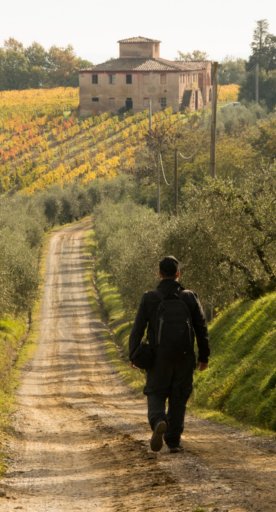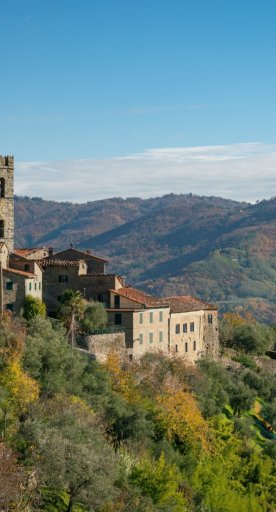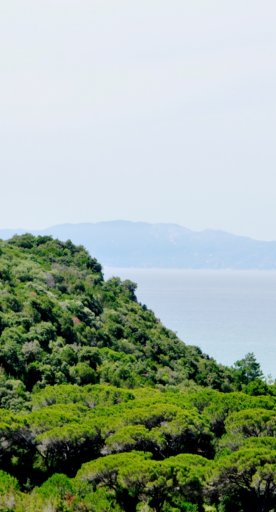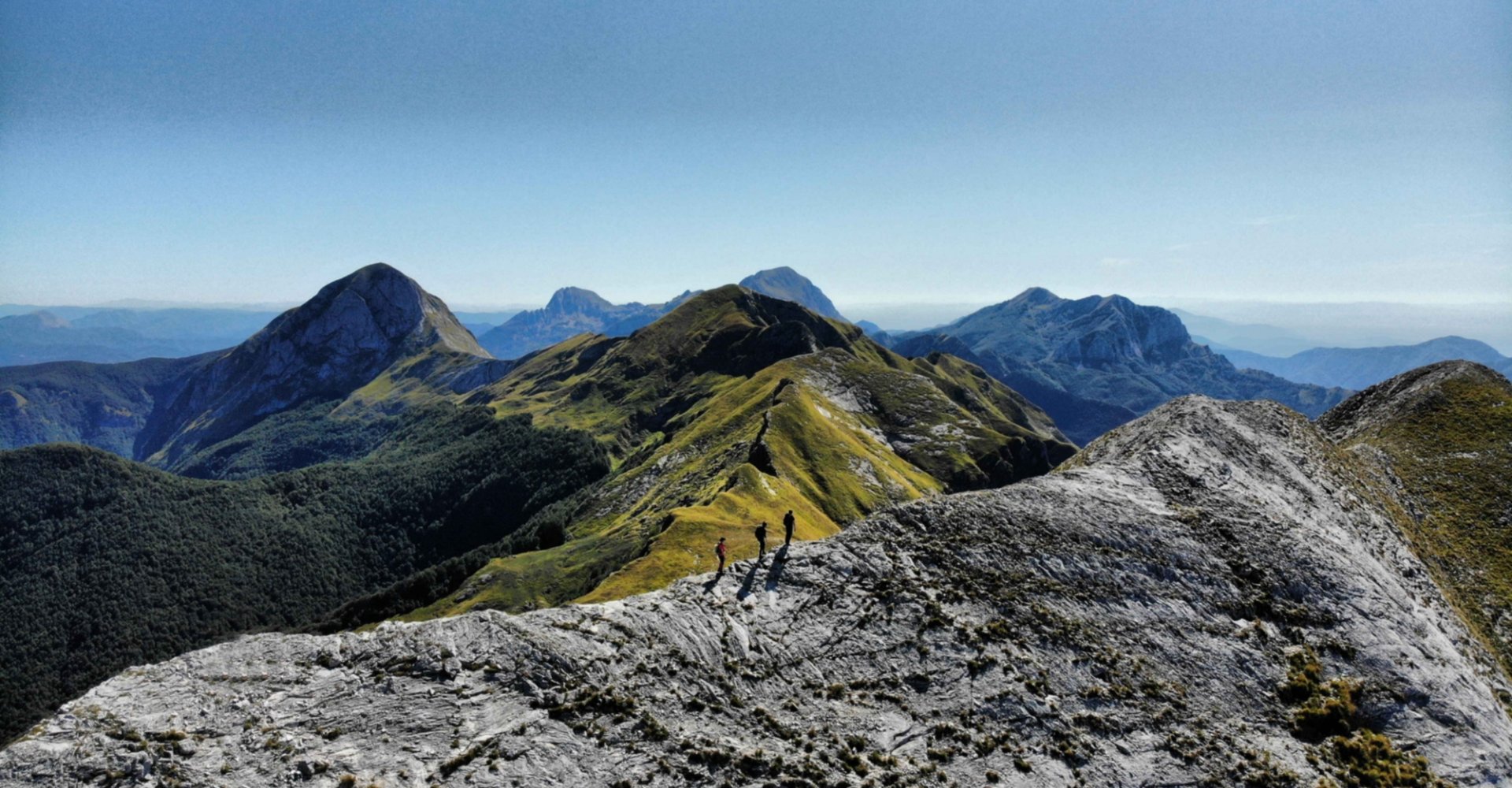

Three historical itineraries to discover the Garfagnana
Dirt roads, mountain bends, and tracks from the war present traces of Garfagnana's history
Across the entire territory of the Garfagnana and Mid Serchio Valley, there are wonderfully beautiful paths, routes and itineraries of historical-naturalistic interest. Three paths in particular reveal traces of local history in the area that for centuries has been crossed by pilgrims, nobles and soldiers. These stages can be covered on foot or by bicycle.
-
1.The Via del Volto Santo
-
2.The Via Vandelli
-
3.The Gothic Line
The Via del Volto Santo
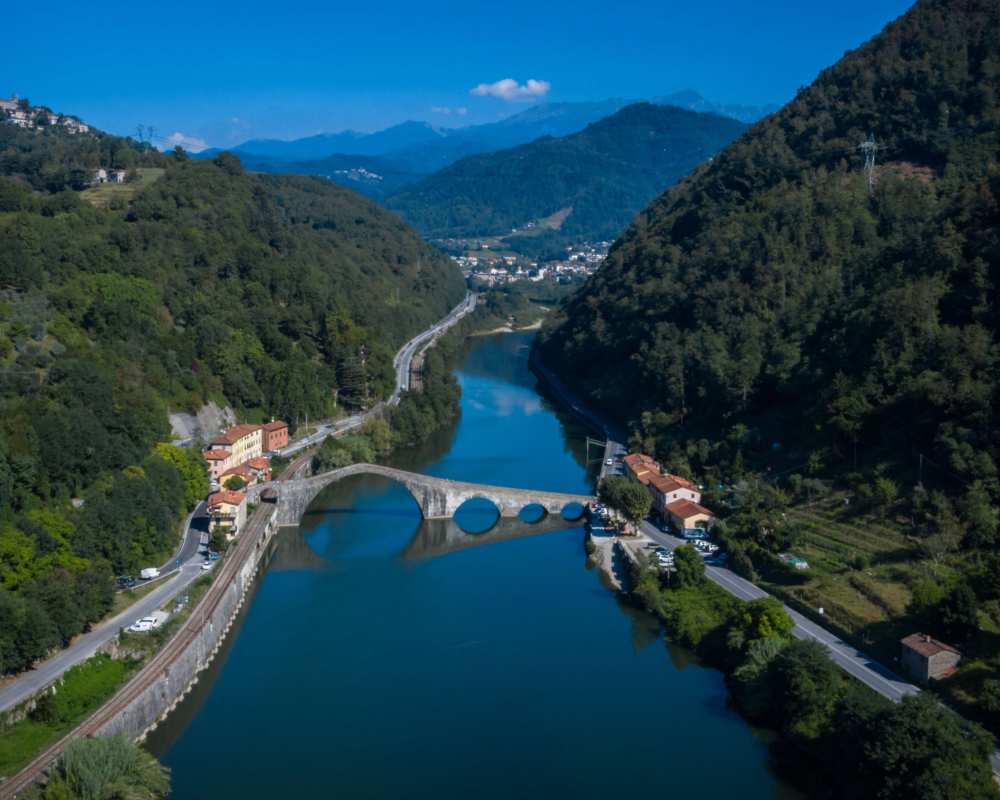
This mountain version of the Via Francigena starts in Pontremoli, in Lunigiana. It enters Garfagnana from Passo di Tea, crossing the rich and lush forests of Garfagnana, in the footsteps of pilgrim. The path was created with the aim of leading the faithful to Lucca Cathedral, where the Volto Santo is still preserved today. Over the centuries, the famous wooden crucifix has been the object of veneration by people from all over Europe. Legend has it that the Holy Face was sculpted by angels and depicts the true face of Christ. The Via del Volto Santo covers about 150 km in total. In the Garfagnino section, it connects Castelnuovo Garfagnana, Barga and Borgo a Mozzano, where it runs along the fascinating Devil Bridge before heading to Lucca, in a beautiful itinerary that can be conducted in stages.
There's partial overlap with another path of great historical interest, the Via Matildica that crosses three regions along the territories of Matilde di Canossa, and enters Garfagnana from San Pellegrino in Alpe, to then reach Castelnuovo Garfagnana and continues along the Via del Volto Santo.
The Via Vandelli
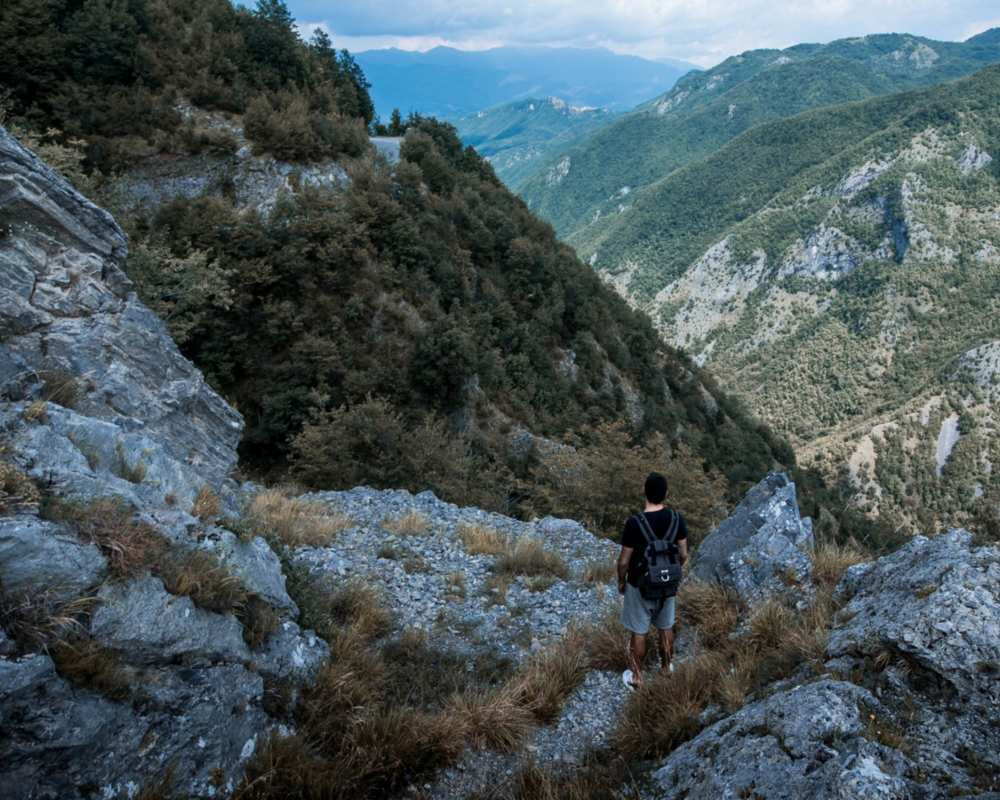
Dating back to the eighteenth century, the Via Vandelli connects Modena to Massa and is the ducal road commissioned by Francesco III d'Este for the wedding of his son with Maria Teresa Cybo-Malaspina. The passage was built to connect the two cities, passing exclusively through the territories of the duchy in order to make it safe to travel. The work was entrusted to Domenico Vandelli, from whom the road takes its name.
The Via Vandelli climbs through the charming territories straddling the Tuscan-Emilian Apennines and winds up along the ridges of the Apuan Alps. Entering Garfagnana from San Pellegrino in Alpe, it proceeds uphill towards the Passo della Tambura, at 1620 m asl. From here, you can enjoy a breathtaking view which opens onto the Gulf of La Spezia on one side, and onto the rugged peaks of the Apuan Alps of Garfagnana on the other.
The road then descends to Massa, in the last of the seven stages that make up the entire route.
The Gothic Line
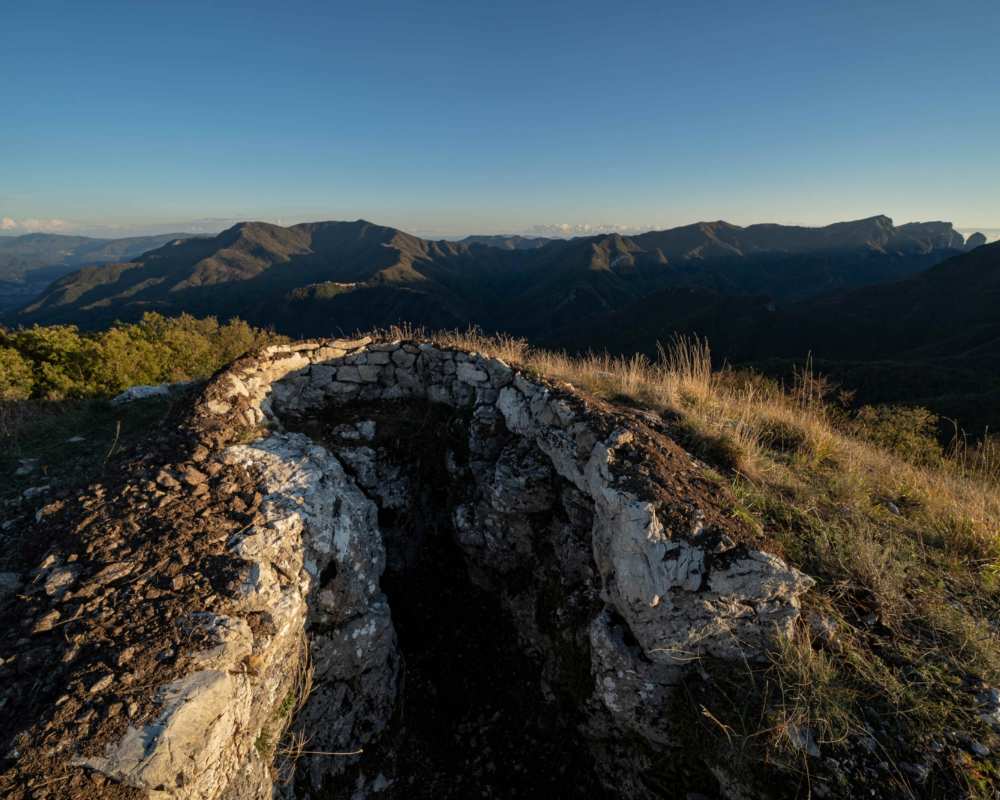
More recent history is evidenced in the routes of the Gothic Line: the system of fortifications built by German soldiers during World War II that cut Italy in two, from the Tyrrhenian to the Adriatic coast.
In Garfagnana and the Mid Serchio Valley, there are stretches that wind through bunkers, tunnels and walkways camouflaged in the landscape, recognizable only by an expert eye or with the help of a guide. In addition to following the itinerary, you can also visit the Garfagnana Gothic Line Museum in Molazzana, which preserves and displays numerous artefacts relating to the conflict that took place in these places, such as photographs, documents and military maps.

